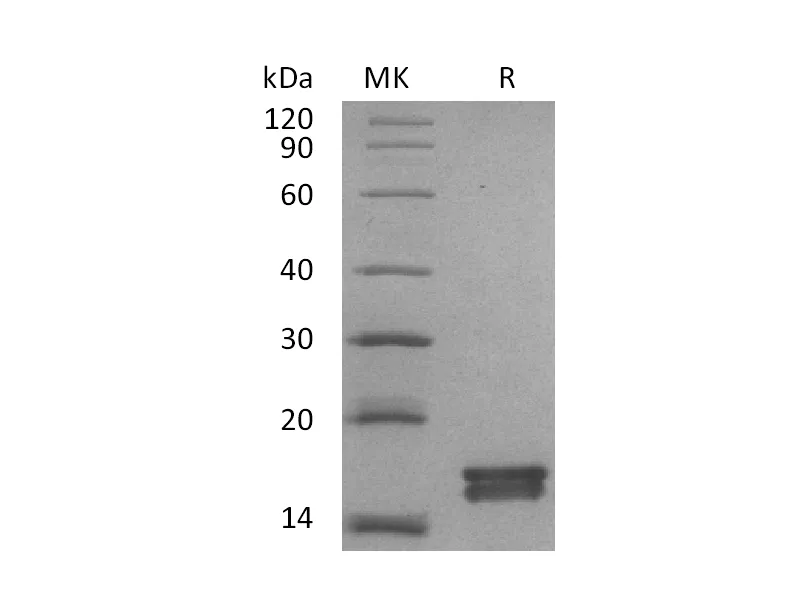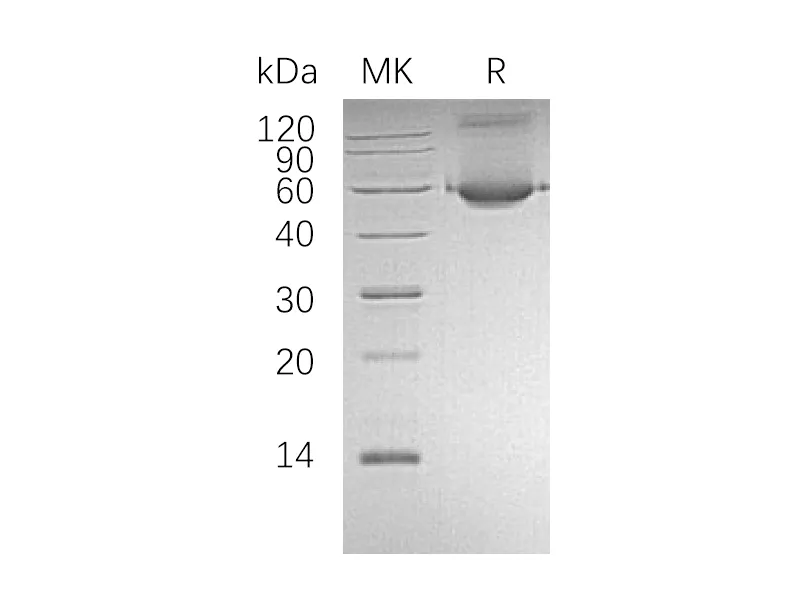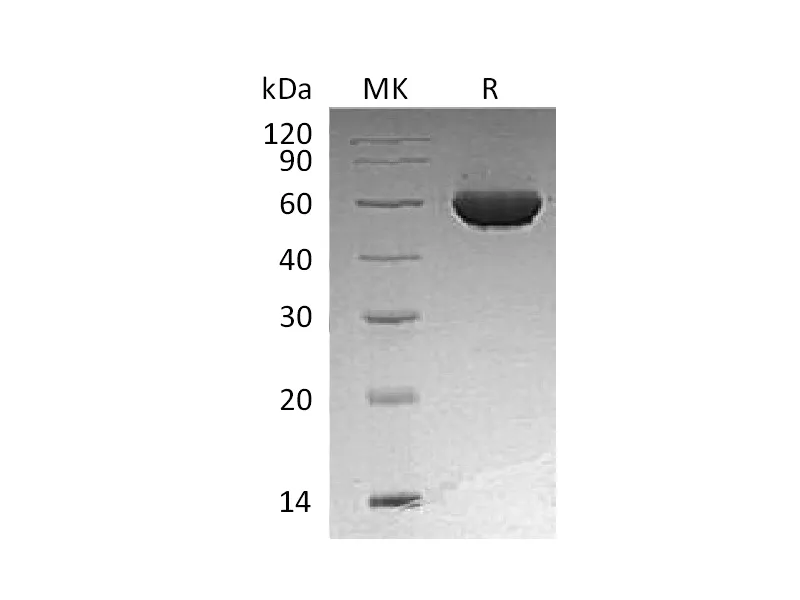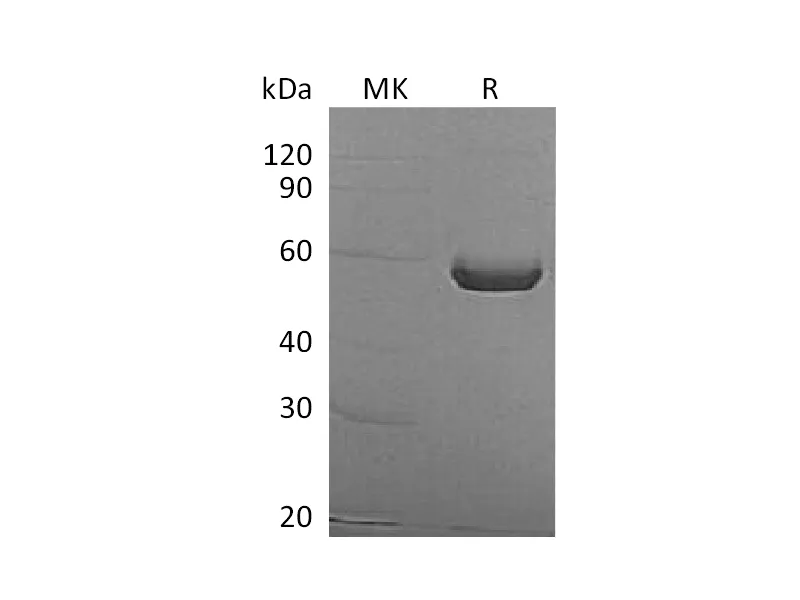Alternative Names
Alpha-synuclein; Non-A beta component of AD amyloid; Non-A4 component of amyloid precursor; NACP; Snca
Background
Alpha-synuclein (Snca) belongs to a family of proteins including a-, b-, and g-synucleins. Alpha-synuclein has been found to be implicated in the pathophysiology of many neurodegenerative diseases, including Parkinsons disease (PD) and Alzheimers disease. Manyneurodegenerative diseases has shown that alpha-synuclein accumulates in dystrophic neurites and in Lewy bodies. The function of alpha-synuclein is closely correlated with its three-dimensional structure, especially for proteins important in the pathogenesis of neurodegenerative diseases. Alpha-synuclein is a dynamic molecule whose secondary structure depends on the environment. For example, it has an unfolded random coil structure in aqueous solution, forms a-helical structure upon binding to acidic phospholipid vesicles, and forms insoluble fibrils with a high b-sheet content that resemble the filaments found in Lewy bodies. Also, alpha-synuclein was known to associate with 14-3-3 proteins including protein kinase C, BAD, and extracellular regulated kinase, and overexpression of alpha-synuclein could contribute to cell death in neurodegenerative diseases.
Note
For Research Use Only , Not for Diagnostic Use.




